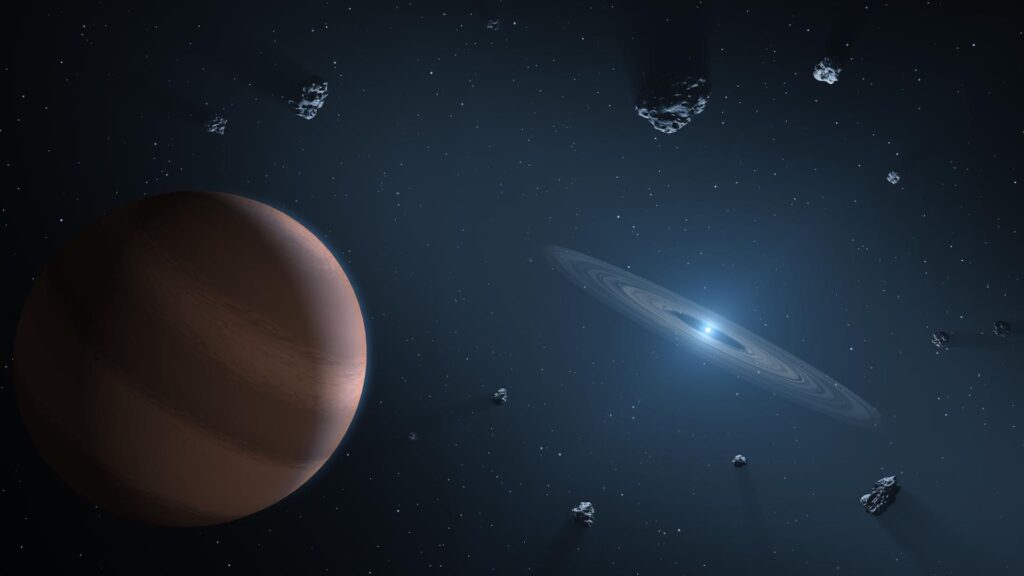Planets around white dwarfs could provide long-term homes for extraterrestrial life, but they suffer from deadly overheating problems. Who will save them? According to new research, it’s none other than Albert Einstein.
White dwarfs are compact remnants of dead Sun-like stars. They are scattered throughout the universe, and the Milky Way alone is home to billions of them. And they can stay warm for hundreds of billions of years, making them very interesting places to look for life.
But research suggests that life would likely be difficult on planets around white dwarfs. The habitable zone around a white dwarf (an area with just the right temperature to support liquid water on the planet’s surface) extends from one-tenth to one-hundredth of the distance between Earth and the sun. This is fine, if a little uncomfortable, but the problem arises when the Earth is not alone.
you may like
If there is another planet even remotely close to this system, its weak but persistent gravitational influence will pull the inner world into a highly elliptical orbit. Once there, tidal heating causes it to stretch and contract. This happens on icy moons in the outer solar system, causing their interiors to liquefy. But for planets around white dwarfs, this same process heats them up so much that they become completely uninhabitable.
Previous research has shown that this is very easy to do. Even the slightest deviation from a perfectly circular orbit is enough to destroy the planet.
However, that study only considered Newtonian gravity. Newtonian gravity is a simple formulation of gravity that explains everything from the motion of projectiles on Earth to the orbits of most planets around the sun. However, we know that Newtonian gravity is not always accurate, especially in close orbits around dense stars. In our solar system, Mercury’s orbit slowly rotates or precesses around the sun in a way that Newtonian gravity cannot explain. The main result of Einstein’s theory of general relativity, which regards gravity as the result of the deformation of space and time, was its ability to explain the orbit of Mercury.
In a new paper published on the preprint database arXiv on September 30, the researchers conducted a more careful analysis of planets orbiting white dwarfs, taking into account the influence of general relativity. Previous researchers have known that general relativity is more accurate, but it is a much more difficult theory to use and usually does not make much of a difference in calculating planetary orbits.
But researchers have found that more precise treatments reveal a much wider habitable range than previously thought. The researchers explained that this is because the precession of the inner planet’s orbit is “protected” from being drawn into a more elliptical path, thereby preventing runaway tidal heating. (This paper has not yet been peer-reviewed.)
In some cases, such as when a companion planet is too large or too close, tidal heating is unavoidable. But in various combinations, the inner planets remain in their orbits just fine.
And if alien civilizations were to develop on such planets, these aliens might discover the theory of general relativity themselves. And if they do, they will be able to thank physics for their very existence.
Source link

